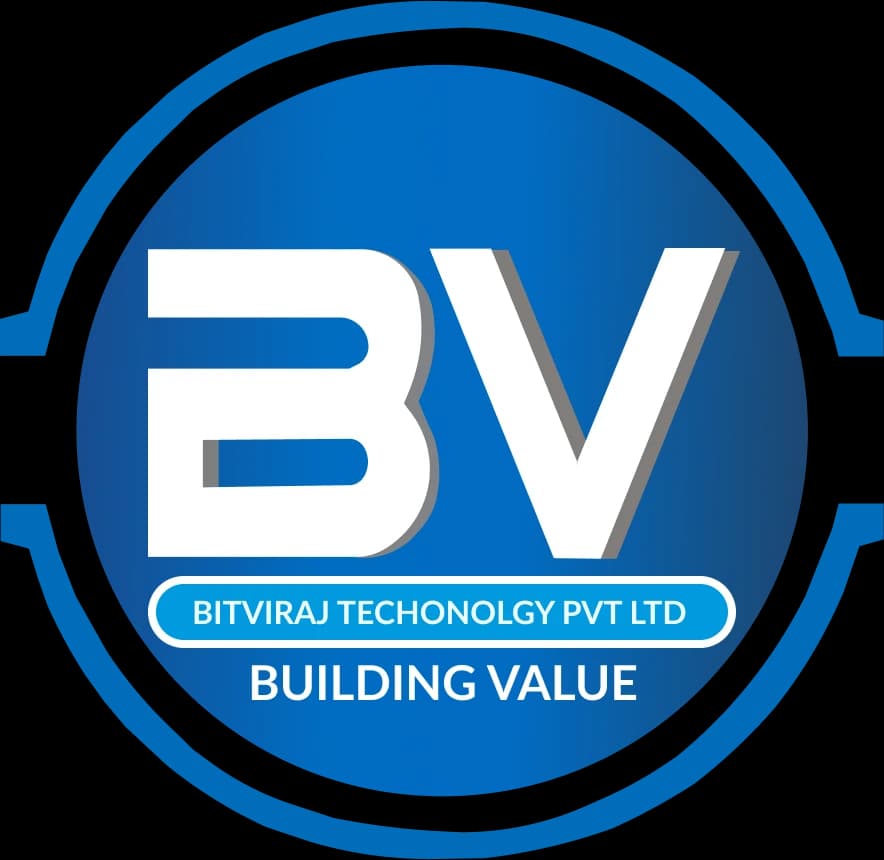BitViraj Technologies - Your Gateway to
Tomorrow's Innovations

Introduction
Large Language Models (LLMs) like GPT-4, Claude, and Gemini have revolutionized artificial intelligence, but their centralized architecture raises concerns around data privacy, model integrity, censorship, and transparency. Blockchain offers a decentralized, verifiable framework to overcome these challenges, creating secure and auditable AI ecosystems.
The Trust Deficit in Traditional LLMs
Centralized control in traditional LLMs leads to vulnerabilities:
- Data Privacy Risks: Centralized servers can be breached, exposing user data.
- Model Manipulation: Proprietary models can be silently altered to insert bias or censorship.
- Lack of Transparency: Closed models hide training data and decision logic.
- Censorship & Restrictions: Content filters limit open discourse and creativity.
Past incidents like Microsoft’s Tay AI manipulation and bias controversies highlight these risks.
How Blockchain Enhances LLM Trust & Transparency
Decentralized Model Training
By combining federated learning with blockchain, model training can occur across distributed nodes without exposing raw data. Blockchain ensures auditable data provenance, recording every dataset used in training for compliance and trust.
Immutable Model Weights & Updates
Using smart contracts for governance, model updates or parameter changes require community (DAO) approval. “Proof-of-Training” systems validate training steps, ensuring no tampering occurs.
Transparent Content Verification
Blockchain enables verification of AI-generated outputs using Zero-Knowledge Proofs (ZKPs) and NFT-based content signing to authenticate authorship and prevent deepfakes.
User-Controlled Data & Monetization
Through Self-Sovereign Identity (SSI) and blockchain IDs, users own their data. Decentralized marketplaces like Ocean Protocol let users share anonymized data for model training and earn rewards.
Case Study: Bittensor (TAO)
Bittensor is a decentralized AI network where miners contribute computational resources to train open-source LLMs. Contributors earn TAO tokens based on model accuracy, ensuring fairness and transparency while removing centralized control.
Challenges & Future Outlook
Challenges remain—such as high computational costs, governance complexities, and regulatory uncertainties. Yet, by 2025–2030, we expect:
- Hybrid AI-blockchain architectures gaining mainstream use.
- Self-sovereign AI agents executing smart contracts autonomously.
- DAO-based governance models ensuring alignment with human values.
Conclusion
Blockchain-secured LLMs mark the next evolution of AI—transparent, tamper-proof, and democratized. They ensure model integrity, empower user ownership, and prevent monopolization of AI power.
- Decentralization prevents single-entity control.
- Immutability guarantees model integrity.
- Transparency enables public auditability.
- User ownership drives fair data monetization.
The fusion of blockchain and AI promises a future that is not just smarter—but also safer, fairer, and more accountable.
Case Studies
Empowering Digital
Evolution
Blogs
Empowering Digital
Evolution
BitViraj Technologies - Your Gateway to
Tomorrow's Innovations
Embark on a DigitalJourney


The next-generation digital technology company Bitviraj has the potential to empower and reinvent business in the current fast-paced market.
Our Service
- Website Development
- Application Development
- Blockchain Development
- Gaming and Metaverse








